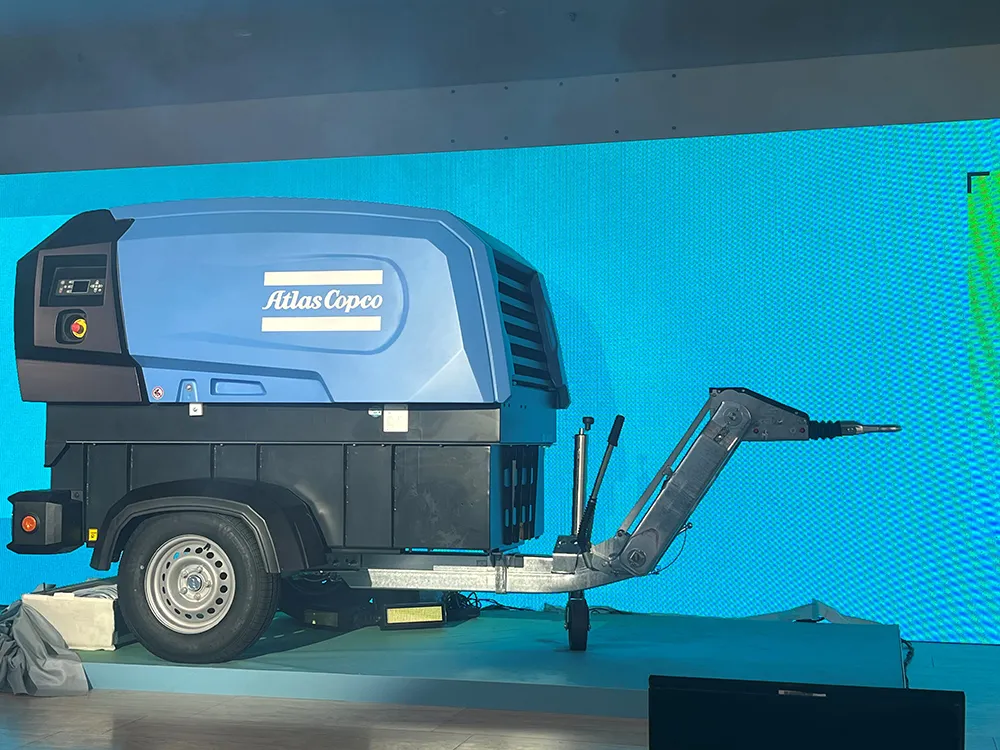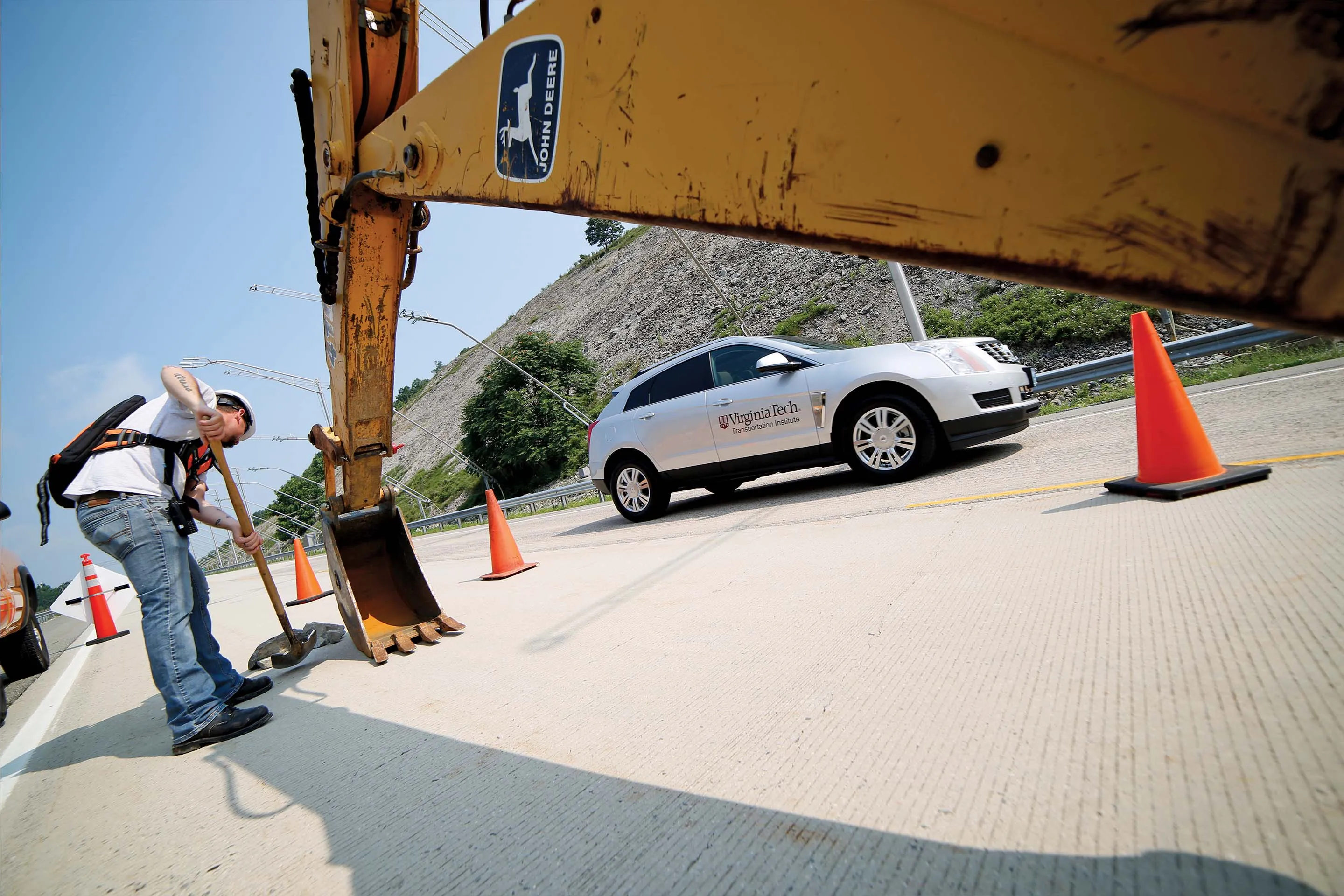Total’s automotive division was demonstrating its new Lube-Shuttle system for applying grease at Intermat 2015. Having developed four different application methods in the agricultural sector, Total is now looking to launch it in the construction plant sector, said director Rafael Roux.
The four application methods are: a cartridge gun that can be operated with one hand, a two-handed pump, an electric pump and a compressed air spray. Total has also changed the way that the cartridge opens to make it easier
April 24, 2015
Read time: 1 min

The four application methods are: a cartridge gun that can be operated with one hand, a two-handed pump, an electric pump and a compressed air spray. Total has also changed the way that the cartridge opens to make it easier and less messy.
The result is that every last bit of grease is expelled from the cartridge and, particularly in the case of the compressed air spray, application is safer. Previous spray systems used solvent which can be damaging to health.
“We have had very good feedback,” said Roux. “Once people switch to this system, they don’t come back.”









